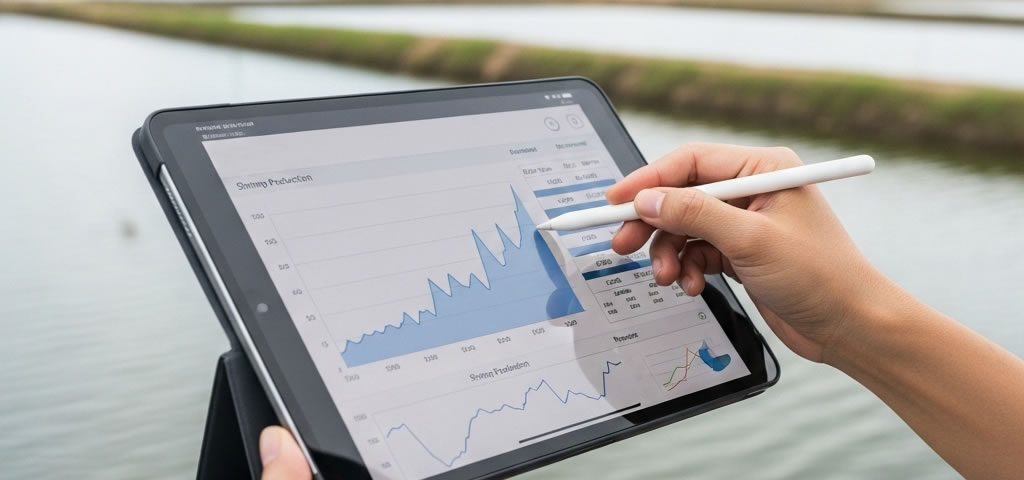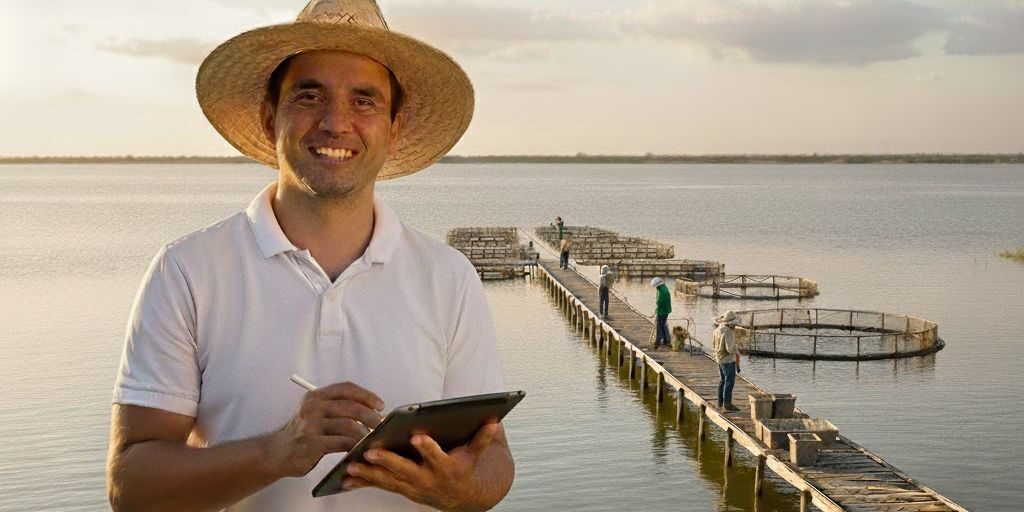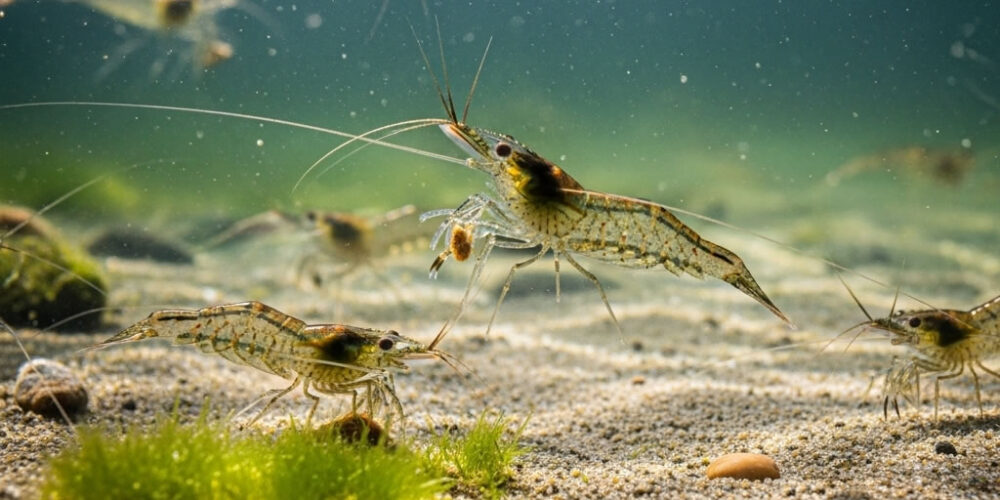- Software Gestor para Aquicultura
- (85) 2139-6730
- contato@despesca.com.br
Calculation of production costs and pricing

Export and health requirements.
13/08/2025
Complete Guide to Water Parameters in Aquaculture
18/08/2025The Secret to Profitability: Understanding Production Cost Calculation and Pricing
Between us producers, we know that hard work isn’t just measured by the number of shrimp at harvest. True success is measured at the bottom line: profit. But to have a truly healthy business, it’s not enough to sell; you need to know, with clarity, how much each kilo produced really cost. The shrimp production cost calculation and strategic shrimp pricing are the secret to turning a good harvest into a profitable business.
What Makes Up the Production Cost?
Many of us already control the most obvious expenses, like feed and post-larvae. But to have a complete shrimp farm financial analysis, we need to go further. Costs are divided into two main categories, and understanding each of them is the first step to effective management:
- Variable Costs: These are costs that change according to the volume of production. If we produce more, we spend more on them. Feed is, by far, the biggest one, and the efficiency with which the shrimp convert it into weight (our FCR) is crucial. Energy for aerators and pumps, inputs like fertilizers and probiotics, and seasonal labor for harvest also fall into this category.
- Fixed Costs: These are the costs we have, regardless of the quantity produced. They exist even if the pond is empty. Think of fixed staff salaries, depreciation of equipment and ponds, scheduled maintenance, taxes, and insurance. Depreciation, for example, is the “cost of use” of an asset over time, like a pump that wears out with each crop.
The Art of Allocating and Understanding Costs: The Challenge of Proration
The big challenge isn’t just listing costs but knowing how to allocate them correctly to each production cycle. How do we divide the maintenance cost of a pump that serves several ponds? Or the salary of the farm manager? The accurate allocation of costs is what allows us to have a realistic view of the profitability of each batch, not just an estimate. This process of dividing fixed costs among production cycles is called cost allocation, and it is essential for us to calculate the true cost of each kilo of shrimp.
Allocation and Proportionality Between Production Cycles
The key to a fair allocation is proportionality. For example, if the manager’s salary is a fixed cost of R5,000.00permonth,andaproductioncycleinonepondlasted4months,thatcycleshouldabsorbacostofR20,000.00 from that salary. If another cycle, in a different pond, lasted 3 months, the cost to be allocated is R$15,000.00. This type of calculation is fundamental to understanding that not all production cycles have the same fixed cost burden, even if the final production is similar.
Why a Management System Helps with Allocation
Doing all this calculation on paper, especially on farms with multiple ponds and ongoing production cycles, is complex and prone to errors. A good data management system can automate cost allocation, dividing fixed expenses proportionally and accurately, based on the time the pond was occupied or the area used. This ensures that the cost of each production cycle is as exact as possible.
The Magic Number: Cost per Kilo Produced
This is the most important metric for any producer. The cost per kilo produced is the minimum value you need to receive to avoid a loss. Calculating it is simple in theory, but it requires detailed records in practice: (Sum of all Variable + Fixed Costs) / Total Production in kg. This number is your “floor” in negotiations.
Why is Cost per Kilo So Vital?
Knowing your cost per kilo is your financial compass. It gives you the power to negotiate with confidence, knowing exactly how far you can go without compromising the health of your business. In a competitive market like ours here in the Northeast, where prices fluctuate, having this information puts you one step ahead of others.
Pricing: More Than Just Adding a Margin
Shrimp pricing isn’t just the cost per kilo plus a profit margin. It’s a strategic act that involves a keen eye on the market. What are your competitors charging? What is the perceived value of your product (freshness, quality, certification)? And what distribution channel are you using? The final price must reflect all of this and ensure a healthy margin.
Financial Management in Shrimp Farming: A Competitive Advantage
We know that doing all this in spreadsheets or notebooks is a time-consuming job that can lead to errors. That’s why financial management in shrimp farming is crucial. Having a system that automates cost allocation, records all expenses and revenues, and calculates your cost per kilo in real-time is what gives you decision-making power. A tool like Despesca can do all this, showing you instantly what your profit margin is per batch, per pond, and per cycle.
Understanding Profit Margin and the Break-Even Point
With your cost per kilo and selling price in hand, you can calculate your profit margin. If the margin is low, it’s time to find ways to reduce costs or add value to the product. Another vital metric is the shrimp production break-even point, which is the quantity of shrimp you need to sell to cover all your costs. Knowing this number gives you confidence in planning your business.
Ultimately, the difference between a farm that just survives and one that thrives lies in management capability. A successful producer is, first and foremost, a financial manager who uses data to make smart decisions. Mastering the shrimp production cost calculation and pricing is your guarantee of a solid and profitable future in the aquaculture market.




